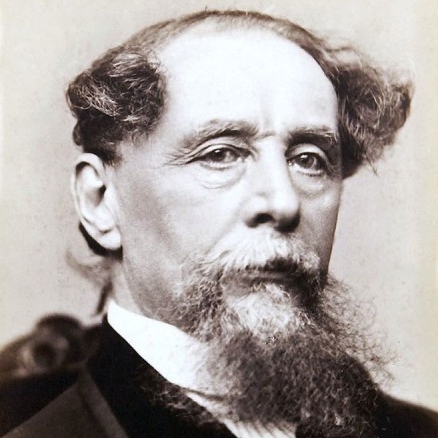David Innes updates us on all things Dickens.
Professor Malcolm Andrews, introduced by Fellowship chairman Paul Schlicke as one of his oldest friends in the UK, visited and gave a fascinating talk on his two artistic passions, Dickens and Turner, the renowned landscape and marine artist.
Our guest has been Professor of Victorian and Visual Studies at the University of Kent and edits The Dickensian, the journal of the Dickens Fellowship.
Like Dickens, Turner was familiar with Kent and its coastline and had a fascination for the sea. Professor Andrews demonstrated how, although they differed in temperament and outlook, both men’s prodigious imaginations were fired by the Channel and Medway sea-going traffic, the urban developments and burgeoning tourist industry and the powerful force exerted by nature and brine combined.
Professor Andrews illustrated his talk with Turner’s marine paintings, immense and powerful in their colour, movement and energy, evoking the irresistible violent power of the waves and storms crashing overhead. Comparing this with Dickens’s stirring paragraphs describing the shipwreck at Yarmouth from David Copperfield, our guest showed both artists’ abilities to capture the violence of nature and the terrifying destructive force of the sea.
In so doing, he pointed out that Turner continually surmounted the age-old difficulty of capturing the single chance fleeting attention of the viewer without the poet’s tools of embellishment and amplification.
Although they did spend a short time in each other’s company, they were not friends. They were too dissimilar, it seems, and Turner does not seem to have had many friends at all. Dickens, garrulous, gregarious and with finely-honed dramatic and humorous sensibilities was in many ways the opposite of the more insular, introspective and intolerant Turner, who seemed to reserve respect for men of the sea. Their timelines did overlap, but the painter was 37 years the author’s senior.
Professor Andrews’ ability to bestride two often-disparate artistic genres and distil the similarities into a riveting hour’s talk was a triumph and we are owe him our thanks for contextualising and analysing the not-dissimilar effects of two masters of their craft.
- Comments enabled – see comments box below. Note, all comments will be moderated.
